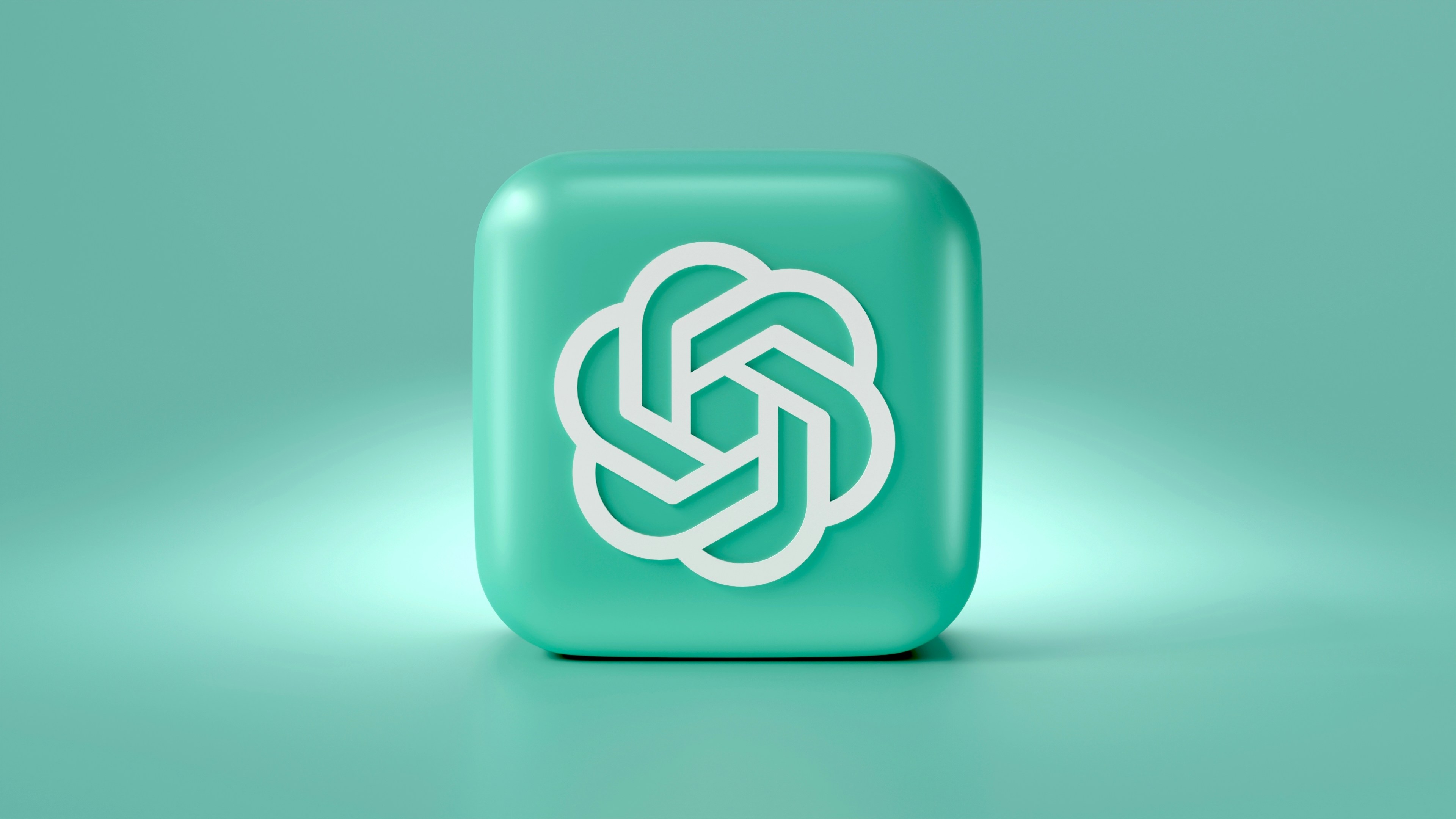The OpenAI Email Archives (from Musk v. Altman)
In May 2015, Sam Altman sent a seemingly simple email to Elon Musk that would set in motion one of the most significant ventures in artificial intelligence history. "Been thinking a lot about whether it's possible to stop humanity from developing AI," Altman wrote. "I think the answer is almost definitely not." This exchange marked the genesis of OpenAI, an organization that would reshape the landscape of artificial intelligence research and development.
Through recently revealed email correspondence between key figures like Elon Musk, Sam Altman, Greg Brockman, and Ilya Sutskever, we can now trace the complex journey of OpenAI's formation and early evolution. This story illustrates not just the technical challenges of advanced AI development, but the profound human dynamics at play when ambitious leaders attempt to shape the future of technology.
The Birth of OpenAI: A Manhattan Project for AI
The initial concept for OpenAI emerged as a direct response to growing concerns about AI development concentration in the hands of a few powerful entities, particularly Google and its DeepMind division. Altman proposed creating a "Manhattan Project for AI" that would ensure artificial general intelligence (AGI) development benefited humanity as a whole rather than serving corporate interests.
The founding vision was ambitious: create the first general AI and use it for individual empowerment. As Altman outlined in his early correspondence with Musk, the technology would be owned by a foundation and used "for the good of the world." The governance structure would include prominent figures like Bill Gates, Pierre Omidyar, and Dustin Moskovitz, alongside Musk and Altman.
Early discussions revealed a clear focus on safety and ethical considerations. Greg Brockman, who would become a key figure in the organization, emphasized their desire to "enter the field as a neutral group, looking to collaborate widely and shift the dialog towards being about humanity winning rather than any particular group or company."
Building the Foundation: Talent Wars and Technical Infrastructure
The Battle for AI Talent
One of OpenAI's earliest challenges was attracting top talent in a highly competitive field. Internal emails reveal the intense "talent wars" with DeepMind and other tech giants. When DeepMind attempted to poach OpenAI's founding team members, the organization responded by proactively increasing compensation packages by $100,000-200,000 per year.
The compensation framework emails revealed striking industry figures:
DeepMind was offering $250,000-300,000 annually
Facebook's FAIR lab offered up to $1.25M/year to key researchers
Google was providing packages worth $765,000 annually to top talent
Technical Infrastructure and Partnerships
A crucial element of OpenAI's early development was securing the necessary computational resources. The organization negotiated a significant deal with Microsoft for cloud computing resources - $60 million of compute for $10 million. However, these negotiations revealed early tensions about maintaining independence, with Musk stating, "Would be worth way more than $50M not to seem like Microsoft's marketing bitch."
Internal Tensions and Philosophical Differences
The Control Dilemma
Perhaps the most significant internal conflict centered around control and governance. In a candid email from September 2017, Ilya Sutskever and Greg Brockman expressed concerns about concentrated power:
"The current structure provides you with a path where you end up with unilateral absolute control over the AGI... The goal of OpenAI is to make the future good and to avoid an AGI dictatorship."
This fundamental tension - between centralized control and distributed benefits - would eventually contribute to significant organizational changes.
Non-Profit vs. For-Profit Debate
The organization's structure became a central point of contention. While OpenAI began as a non-profit, discussions about transitioning to a for-profit model revealed deep philosophical differences among the leadership. Various funding models were considered, including an ICO (Initial Coin Offering) and a "capped-profit" structure.
Competition and Industry Dynamics
The Google/DeepMind Factor
Emails reveal intense concern about competition with Google and DeepMind. Musk expressed particular anxiety about DeepMind's progress, writing in 2016: "Deepmind is causing me extreme mental stress. If they win, it will be really bad news with their one mind to rule the world philosophy."
This competitive pressure influenced many key decisions, including:
Resource allocation
Recruitment strategies
Research priorities
Organizational structure
Technical Milestones and Progress
Despite the organizational challenges, OpenAI achieved significant technical progress. Internal updates mentioned achievements such as:
Development of advanced robotics capabilities
Breakthroughs in gaming AI
Advances in machine learning algorithms
Contributions to the broader AI research community
The Transition and Musk's Departure
By early 2018, tensions had reached a breaking point. Musk's departure from the board marked a significant shift in OpenAI's trajectory. The organization eventually adopted a "capped-profit" model, with Sam Altman becoming CEO of the new entity.
This transformation reflected broader changes in the AI landscape and the practical realities of competing in an increasingly resource-intensive field.
Legacy and Impact on AI Development
OpenAI's early history offers valuable lessons about:
The challenges of balancing ethical considerations with competitive pressures
The importance of clear governance structures in technology organizations
The complex dynamics of leading technological innovation
The tension between open collaboration and competitive advantage
The organization's evolution from a pure non-profit to a "capped-profit" entity illustrates the practical challenges of maintaining idealistic principles while competing in a rapidly evolving technological landscape.
Conclusion
The early history of OpenAI, as revealed through these internal communications, provides a fascinating window into the challenges of building an ethical AI research organization. The tension between idealistic goals and practical necessities, between centralized control and distributed benefits, and between competition and collaboration continues to shape the development of artificial intelligence.
These early struggles and decisions have had lasting implications for both OpenAI and the broader AI industry. As we continue to grapple with questions about AI development and control, the lessons from OpenAI's formation remain highly relevant.
For those interested in the future of AI development, this history offers valuable insights into the complex interplay of technology, ethics, and human ambition. As we move forward into an era of increasingly powerful AI systems, understanding these foundational dynamics becomes ever more crucial.
Note: This article is based on publicly available email correspondence and court documents. Some conversations may have occurred through other channels not reflected in these materials.




